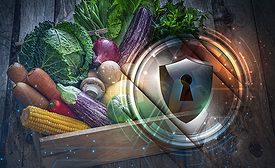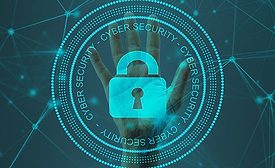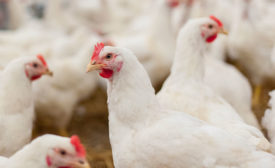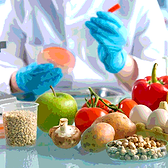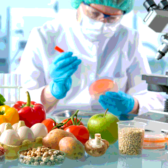Food Defense
Food safety professionals must be aware of new challenges and vulnerabilities
Read More
COVID-19, the Food Supply, and Cybersecurity: Coalescing Concerns
COVID-19 dramatically disrupted the food supply, but we must be prepared to tackle new kinds of disruptions in the future.
February 16, 2022
Coliforms vs. Cybersecurity: How Metrics Can Help Food Safety “Compete” with Cybersecurity and Other Enterprise Risks
Empowering food safety professionals to fight enterprise risks
August 22, 2021
Ten Years Later: Defining Food Fraud and Envisioning the Future
A look at how far we’ve come and where we’ve yet to go
August 12, 2021
Never miss the latest news and trends driving the food safety industry
eNewsletter | Website | eMagazine
JOIN TODAY!Copyright ©2025. All Rights Reserved BNP Media.
Design, CMS, Hosting & Web Development :: ePublishing
